Innovation
Five of the biggest innovations that helped to make F1: The Movie
by Raceteq
9min read
.jpg?cx=0.5&cy=0.5)
F1: The Movie has brought Formula 1 to the big screen, with Brad Pitt in the leading role and Top Gun: Maverick director Joseph Kosinski calling the shots, but there were a host of methods and new devices that helped this release redefine the sports movie genre.
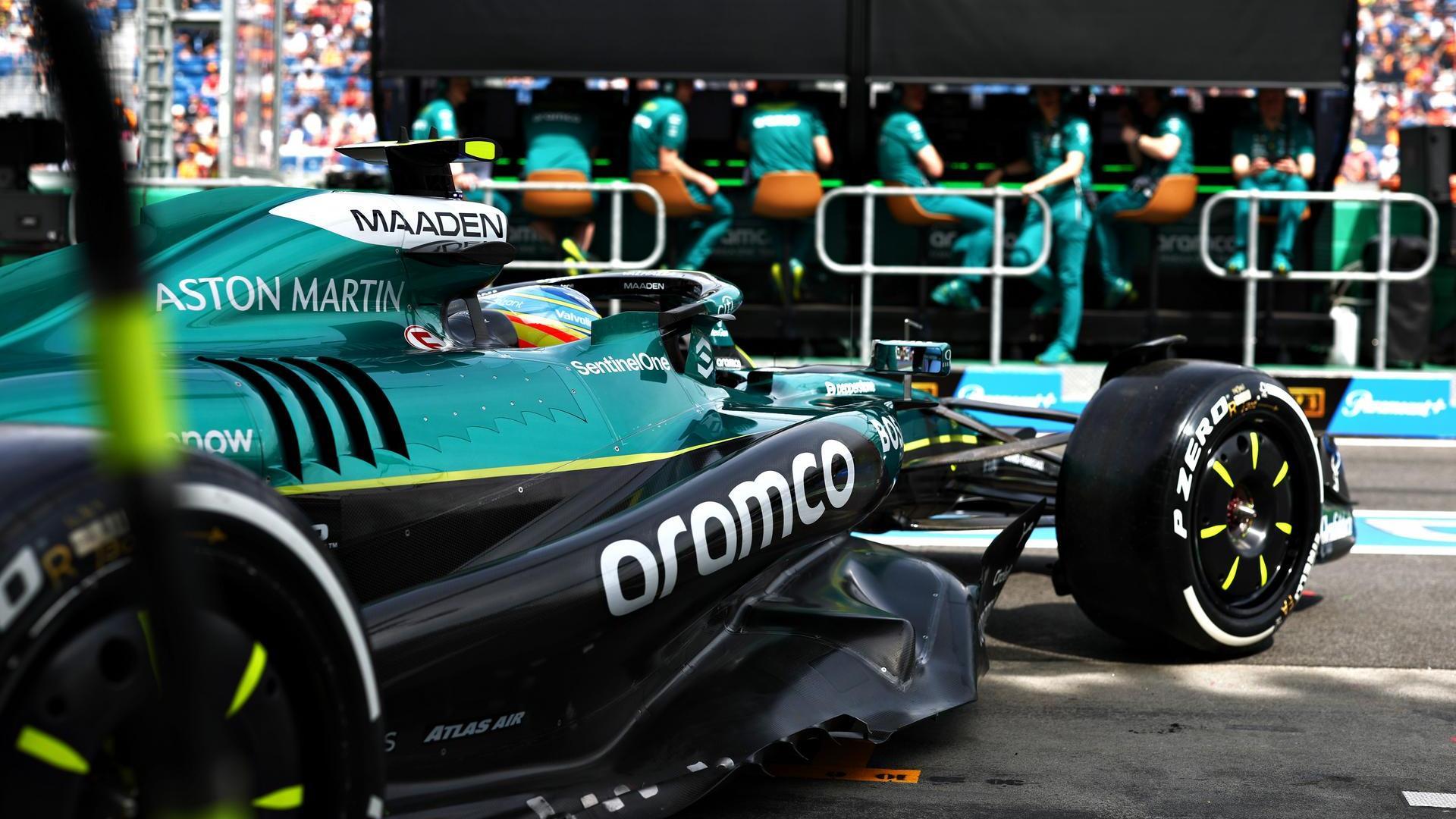
Sign up for a newsletter and we'll make sure you're fully up-to-date in the world of race technology
Motorsport has had a varying amount of representation in the cinema, the likes of Rush and Ford v Ferrari having provided mostly authentic telling of real-life stories to audiences, while Disney/Pixar’s Cars has built an animated fantasy franchise involving real racing drivers, including Lewis Hamilton.
F1: The Movie bridges the gap between fantasy and reality. Hamilton consulted for the film set in a fictionalised 2023 F1 season, along with an 11th F1 team - APX GP - joining the grid of drivers from Alex Albon to Max Verstappen.
The end product is a visceral, vivid spectacle filmed for IMAX where thrilling racing scenes meet intense drama.
“At the end of it all we were hitting speeds… the physics felt like it wanted to rip your head from your shoulders. It’s just awesome, staggeringly awesome what these cars can do,” said Pitt in an interview.
It took some unexpected steps to ensure F1 got its big-screen representation in the most spectacular fashion.
Here are five of the incredible innovations that helped to make F1: The Movie.

F1: The Movie stars Damson Idris and Brad Pitt, who play team-mates at fictional F1 team APX GP
1. Cameras from an iPhone
Top Gun: Maverick was conceived and created with physical effects in mind. Director Kosinski and cinematographer Claudio Miranda wanted to avoid computer-generated effects to capture the speed and ferocity of fighter jets and airborne warfare.
They carried the same philosophy over to F1: The Movie.
Yet the cameras used in the filming of Top Gun were deemed too heavy and cumbersome to be attached to the APX GP car; they had to be scaled down.
The camera sensor, battery and chipset from an Apple iPhone was therefore repurposed to be mounted within the air foils of the APX GP car, along with image stabilisation to ensure it could handle the bumps and kerbs of real-world circuits.
Wireless control wasn’t possible due to interference from other cars and the wider environment, so an iPad had to be hooked up to those tiny cameras to change their settings, stop recording, and restart it.
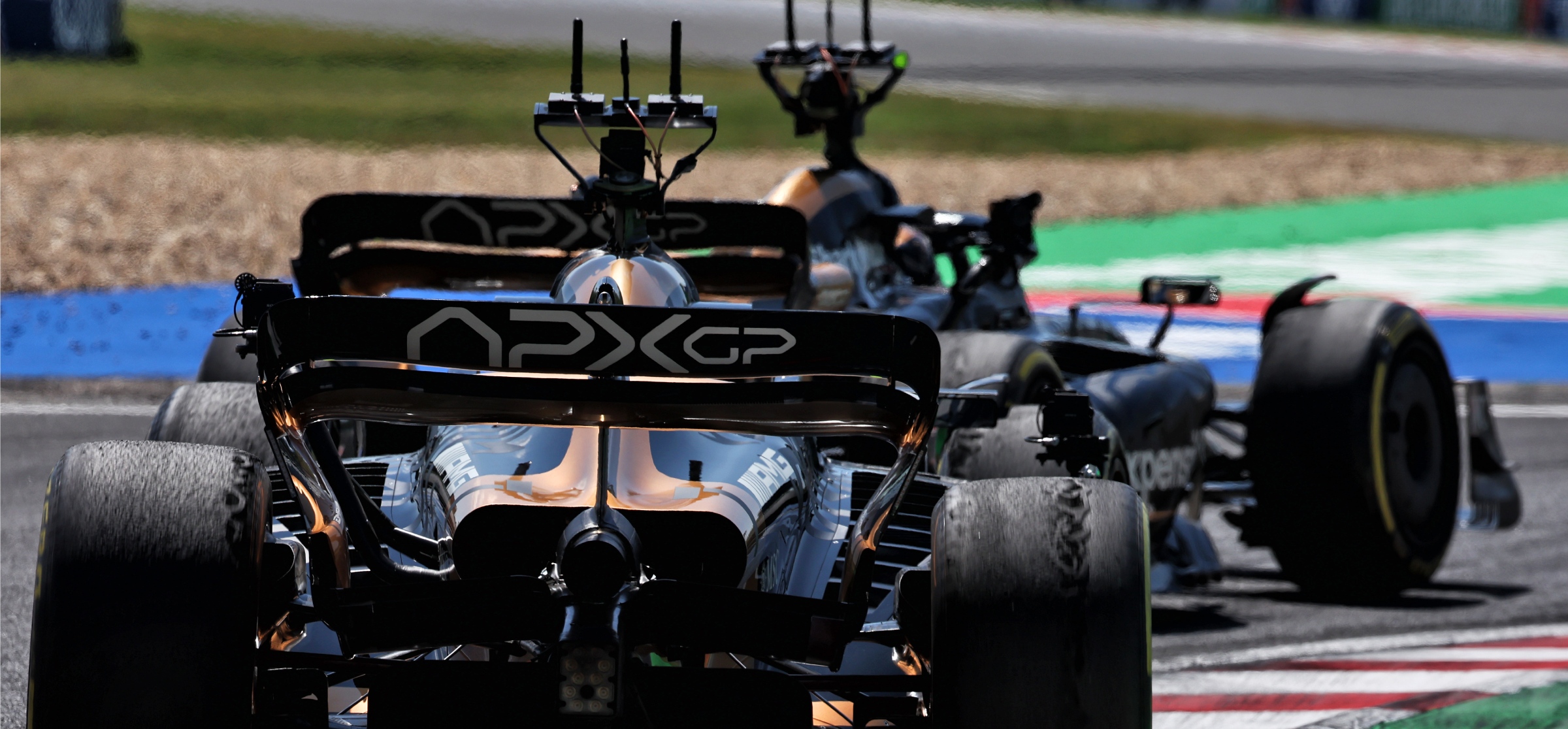
The APX GP cars lapping at the Hungaroring in Hungary, mounted with small cameras
The larger cameras did a lot more of the heavy lifting with a larger 4K resolution camera mounted just under the halo of the car to film the actors’ faces and the action ahead - although this did present a bit of an obstacle to Pitt and co-star Damson Idris as they actually drove the APX GP cars.
To capture every facet of the actors’ reactions as they drove the APX GP cars, four small and moveable Sony 6K resolution cameras were mounted within the cockpit. These cameras were made much lighter and smaller for this movie, with six of them having been mounted in the cockpits for the Top Gun reboot.
Camera equipment was stowed in nooks of the APX GP car to ensure it wasn’t visually jarring in racing scenes.
Sound recording equipment was also hidden away in cavities near the engine and under the bodywork to ensure fidelity.
Kosinski hinted that broadcasters might be interested in using some of the movie’s technology in live broadcasts.
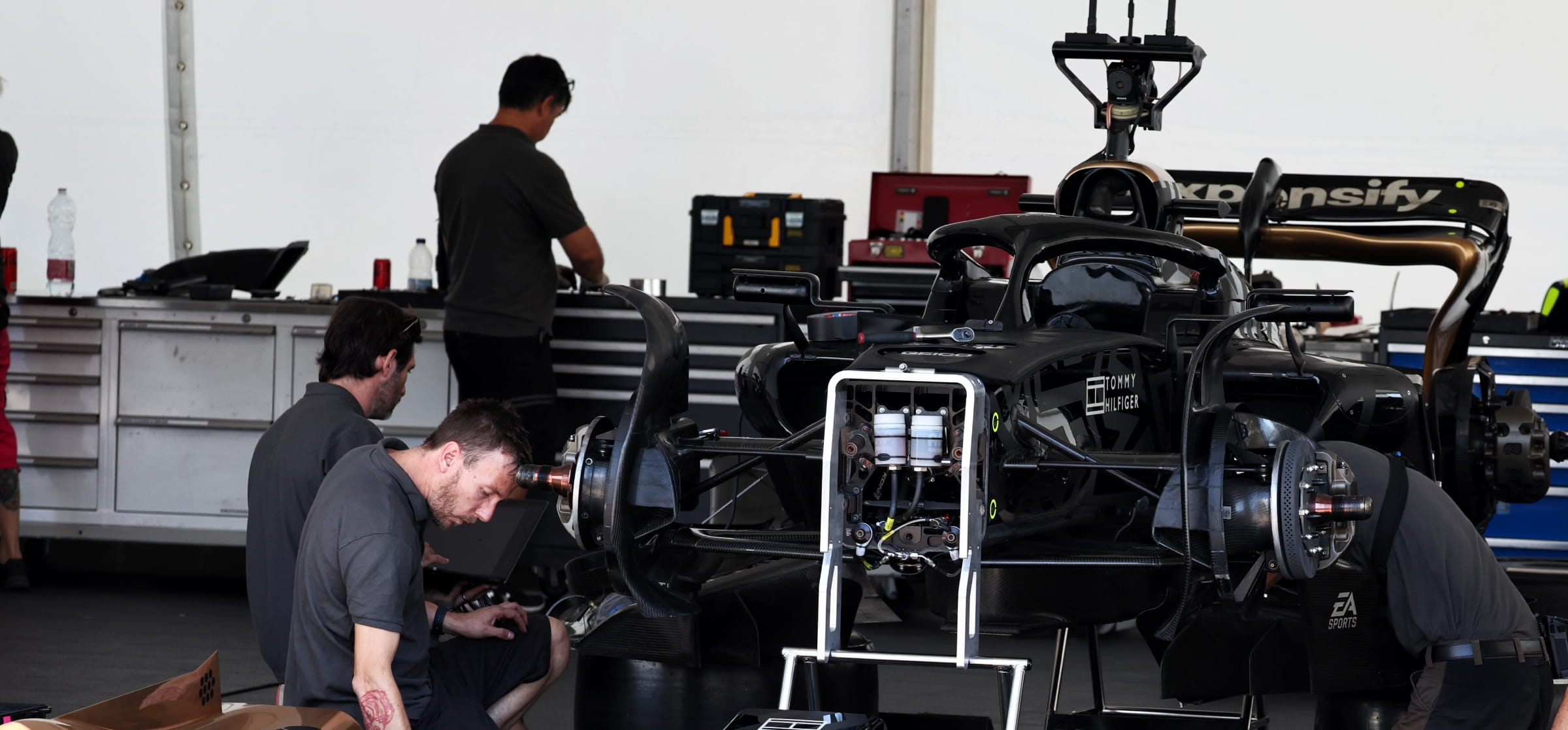
The film crew preparing the APX GP car to go out on track complete with recording equipment
2. A Formula 1 car that isn’t…
The APX GP car looks like a bona-fide F1 car. It sounds like an F1 car. In the movie, it performs like an F1 car. Yet, this isn’t an F1 car.
It just wouldn’t have been feasible to use them; F1 cars are powered by complex 1.6-litre hybrid engines, and the aerodynamics are bespoke from team to team. Running an F1 car needs a large team of people and lots of time.
The risk of a crash or incident all but ruled this out of the equation anyway as every scene featuring the APX GP cars with Pitt and co-star Idris in the cockpit had them actually drive the cars.
Therefore, F1: The Movie used six Dallara-built Formula 2 cars to represent APX GP’s roster on the grid, with the FIA feeder series having lent a team of people and its technical director to the production of the film to ensure the F2 engine - complete with V6 Mecachrome engine and Hewland gearbox - was prepped for the track scenes.
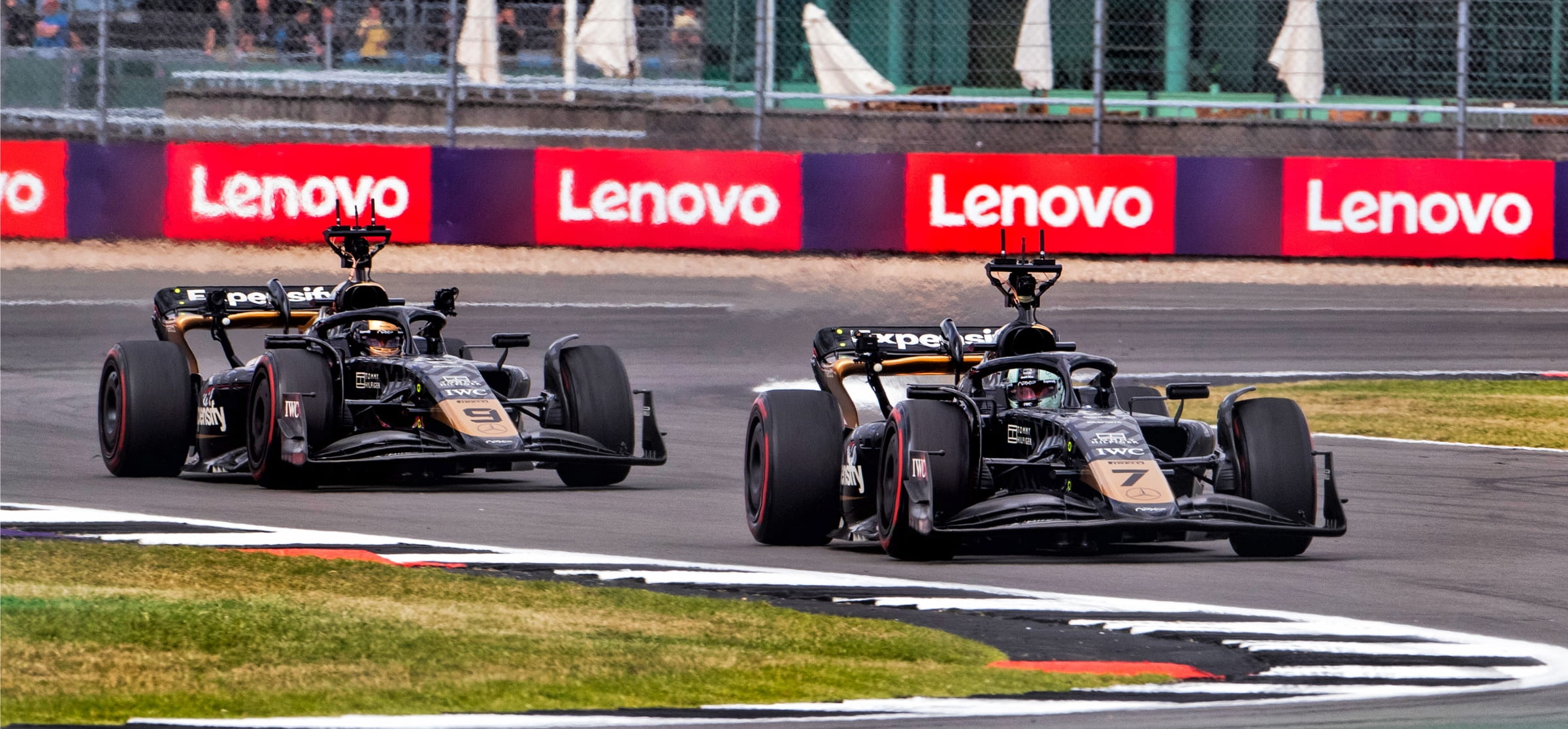
Mercedes-AMG added bodywork to the Dallara Formula 2 car to make it resemble an F1 car
Mercedes-AMG lent its experience to develop the bodywork for the cars and make them resemble F1 machinery. The bodywork was stretched 40 centimetres while the cockpit and wheel were designed specifically for the cars.
Idris and Pitt had to put the work in; unlike F1 cars, the APX GP cars do not have power steering.
To nail the authenticity, the drivers and team crew had their own uniform and APX GP had its own pit garage at various circuits including Silverstone. They even had bespoke pit gear in the garages.
Just to ensure APX GP and its drivers were embedded in the paddock, trackside media was told to act as if Pitt, Idris and the rest of the crew were just part of the proceedings.
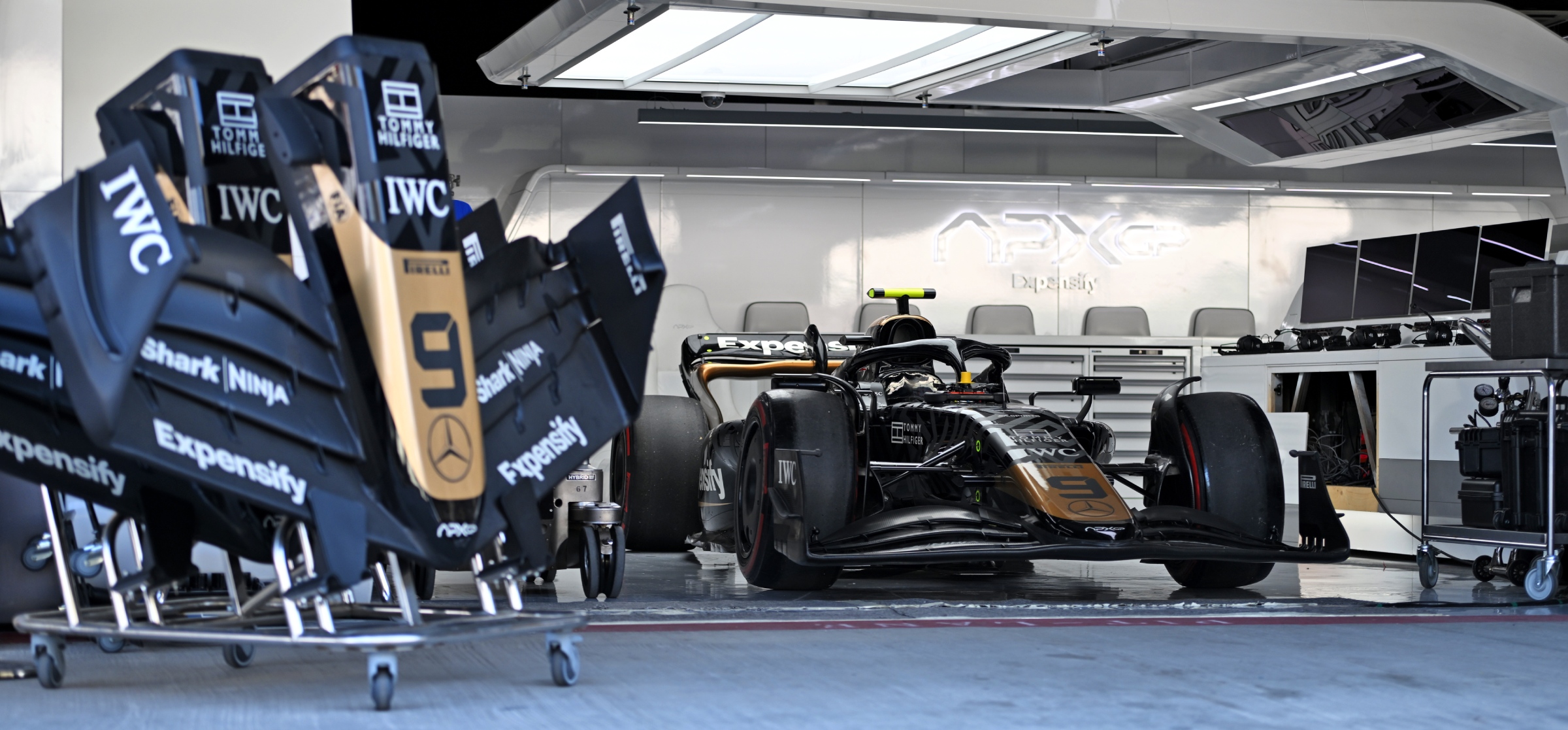
The F2 car was lengthened by 40cm to resemble an F1 car, with bespoke garage equipment trackside
3. Lower-carbon fuel
It’s not just the cars themselves but the fuel that makes this movie so revolutionary. For the first time, Aramco supplied the fuel for a car on the F1 grid, and it did so with the help of extensive research.
The fuel itself was a lower-carbon fuel containing 55% advanced sustainable components compliant with FIA technical regulations, which must be sourced from non-food biomass, powering the 620-horsepower V6 Mecachrome engine under the body of the APX GP car.
This fuel is a ‘drop in’ fuel, requiring minimal work to implement in the engine while maintaining performance.
.jpg?cx=0.5&cy=0.5)
He drove the lower-carbon-fuelled cars at venues including Belgium’s Spa-Francorchamps, Abu Dhabi’s Yas Marina Circuit and even tracks not on the F2 and F3 calendars: Las Vegas and Circuit of the Americas.
Aramco’s partnership with the FIA championships and its work on F1: The Movie demonstrate the potential of lower-carbon fuels, which are expected to reduce carbon emissions while maintaining performance.
From 2025, Aramco has supplied FIA-compliant fuel containing 100% sustainable fuel to every F2 and F3 car on the grid. That’s 52 cars in all.
This is one step further in exploring the possibilities of lower-carbon fuels in the fastest and most rigorous laboratory available: the racetrack.
The lower-carbon fuel supplied by Aramco made its big-screen debut in F1: The Movie, highlighting the potential of lower-carbon fuel blends in informing the development of lower-carbon vehicle fuels.
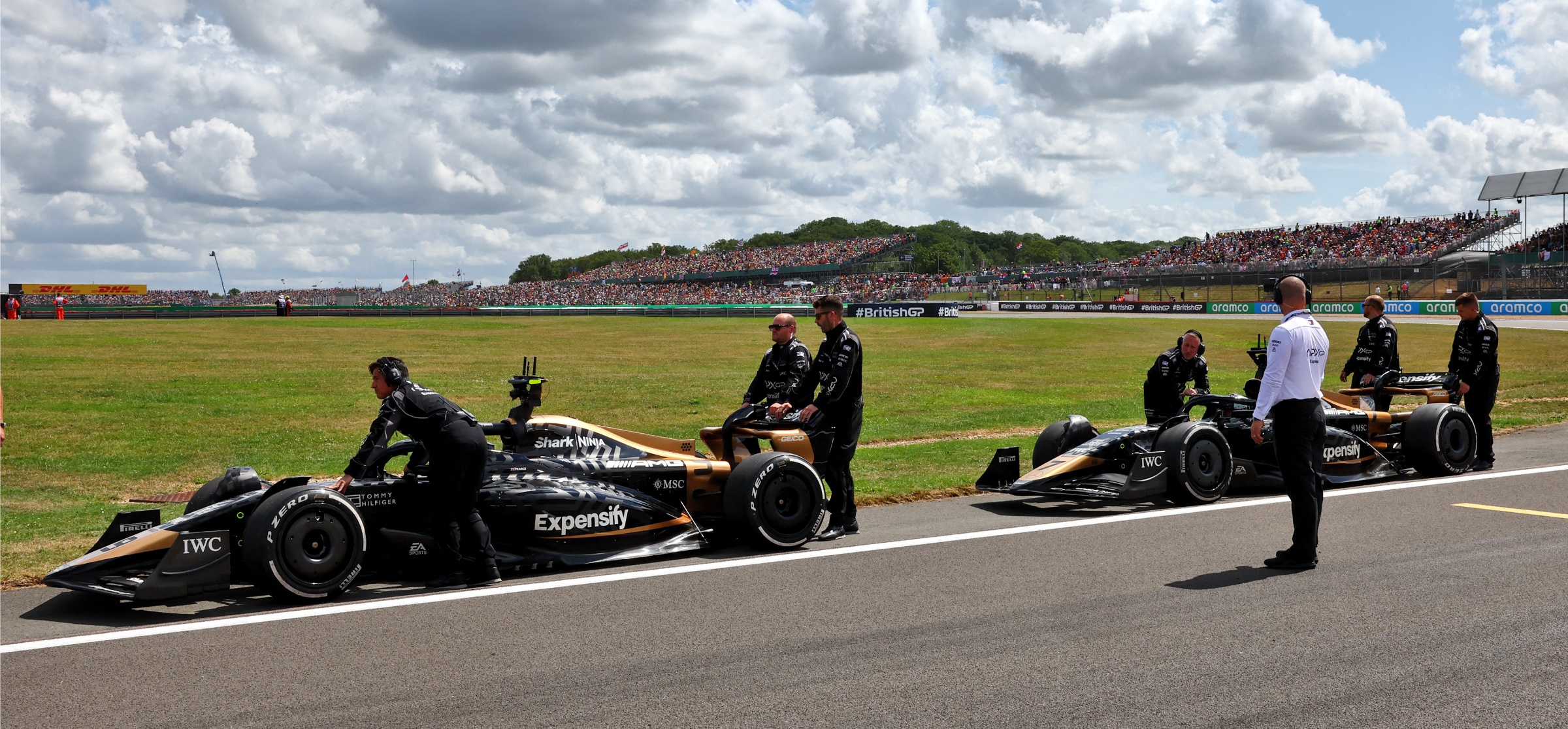
Aramco-supplied lower-carbon fuel powered the APX GP cars as they turned laps around the world
4. The movie trailer you can feel
You might well have seen a trailer for F1: The Movie. The first one brought the paddock to a standstill when it debuted at the 2024 Belgian Grand Prix.
It’s the latest trailer that changes things, though.
If you boot up an iPhone running on iOS 18.4 or later, head to the Apple TV app, and watch the trailer for F1: The Movie, you will feel the action.
Your phone will vibrate as the car’s engine roars into life in the pitlane, shorter buzzes that synchronise with gear changes and even vibrations that coincide with tyres squealing around the track.
Apple has managed this using haptics, a technology that almost mirrors the way a controller vibrates while playing a videogame. This technology has been explored in the past and even introduced to phones by Sony, but its use in this movie trailer truly represents its mass-market debut.
Haptics is a small feature, but one that could change how we watch movie trailers, videos, and even movies in the future.
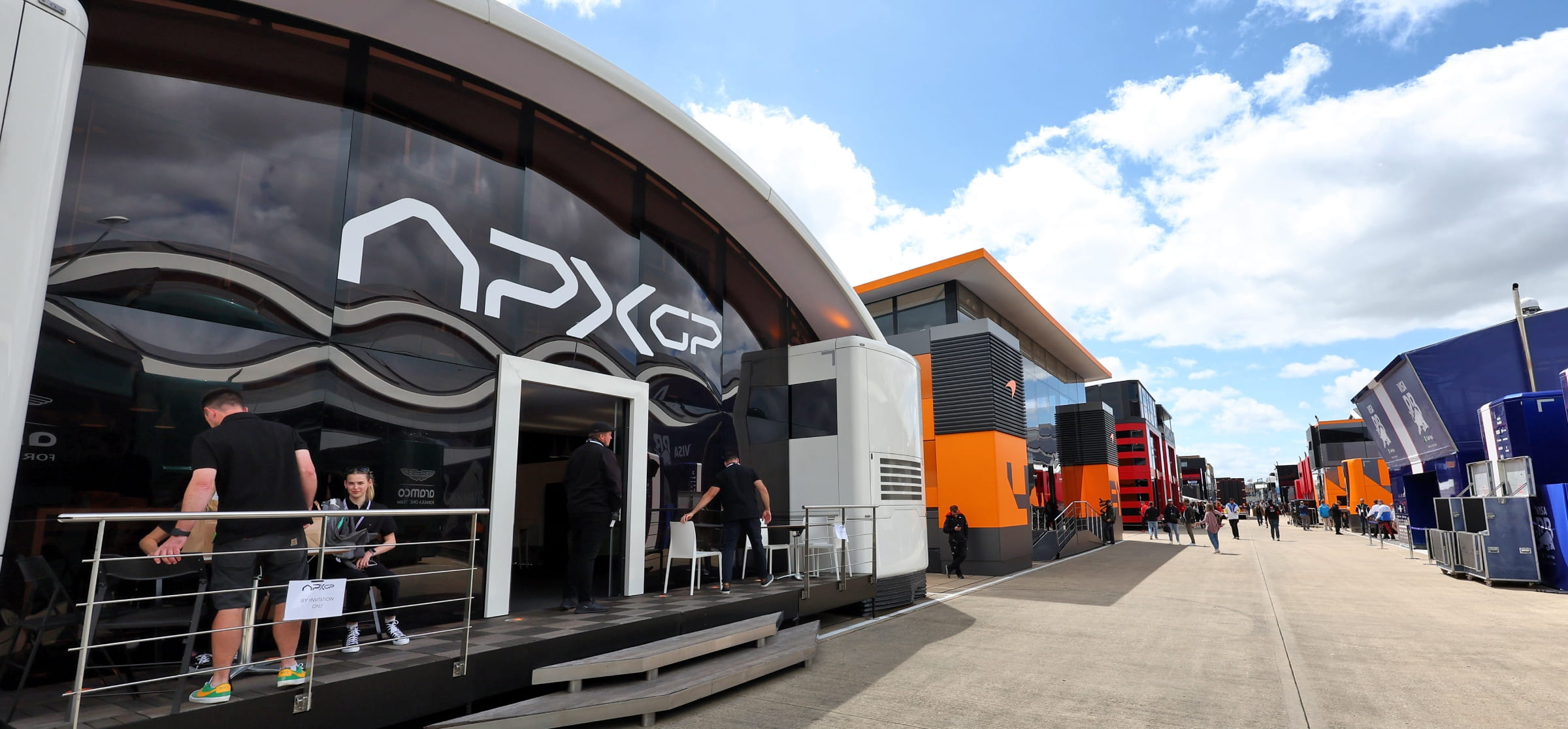
APX GP had its own ‘motorhome’ at Silverstone
5. The electric pitstop-only car
F1 pitstop choreography is worthy of Hollywood. It can take just two seconds to jack the car, change all four tyres, and give the driver the signal to get back into the fast lane. It’s no wonder that F1: The Movie wanted to represent pitstops authentically.
When F1 teams practise pitstops, their crews push the cars into the pitboxes with someone at the wheel to ensure the brakes are applied on time and the wheels can be changed. For a couple of practice pitstops, this is feasible, but, for multiple reshoots of a pitstop scene, it’s just too difficult.
F1 cars weigh around 800kg and F2 cars weigh around 750kg, but the APX GP cars apparently include 300kg of camera and recording gear, as well as extra bodywork - putting them closer to 1,000kg.
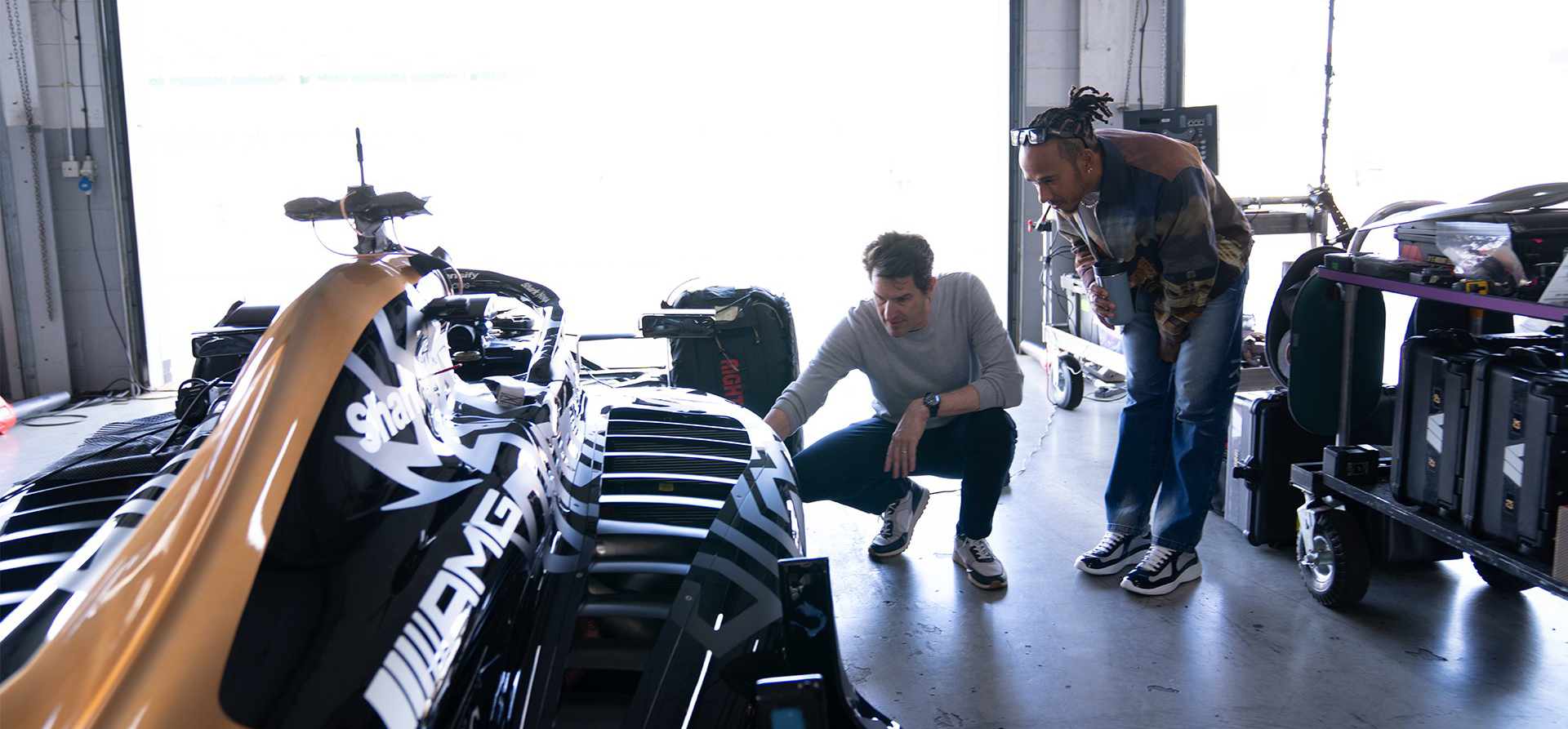
Lewis Hamilton and director Joseph Kosinski examining the APX GP car
Therefore, of the six F2 cars purchased for the film, one had its Mecachrome V6 engine removed and replaced with an electric powertrain - purely to simulate pitstop practices and scenes where the car is moving slower, such as stops and starts.
The electric car is also quieter than a V6-powered F2 car, meaning it’s much easier to capture dialogue.
Given how loud IMAX cameras are, the lack of extra noise was a bonus.
This is technology that could make it to team factories: Some F1 teams have reportedly looked into having their own electric ‘mule’ cars purely to practise pitstops in the future.
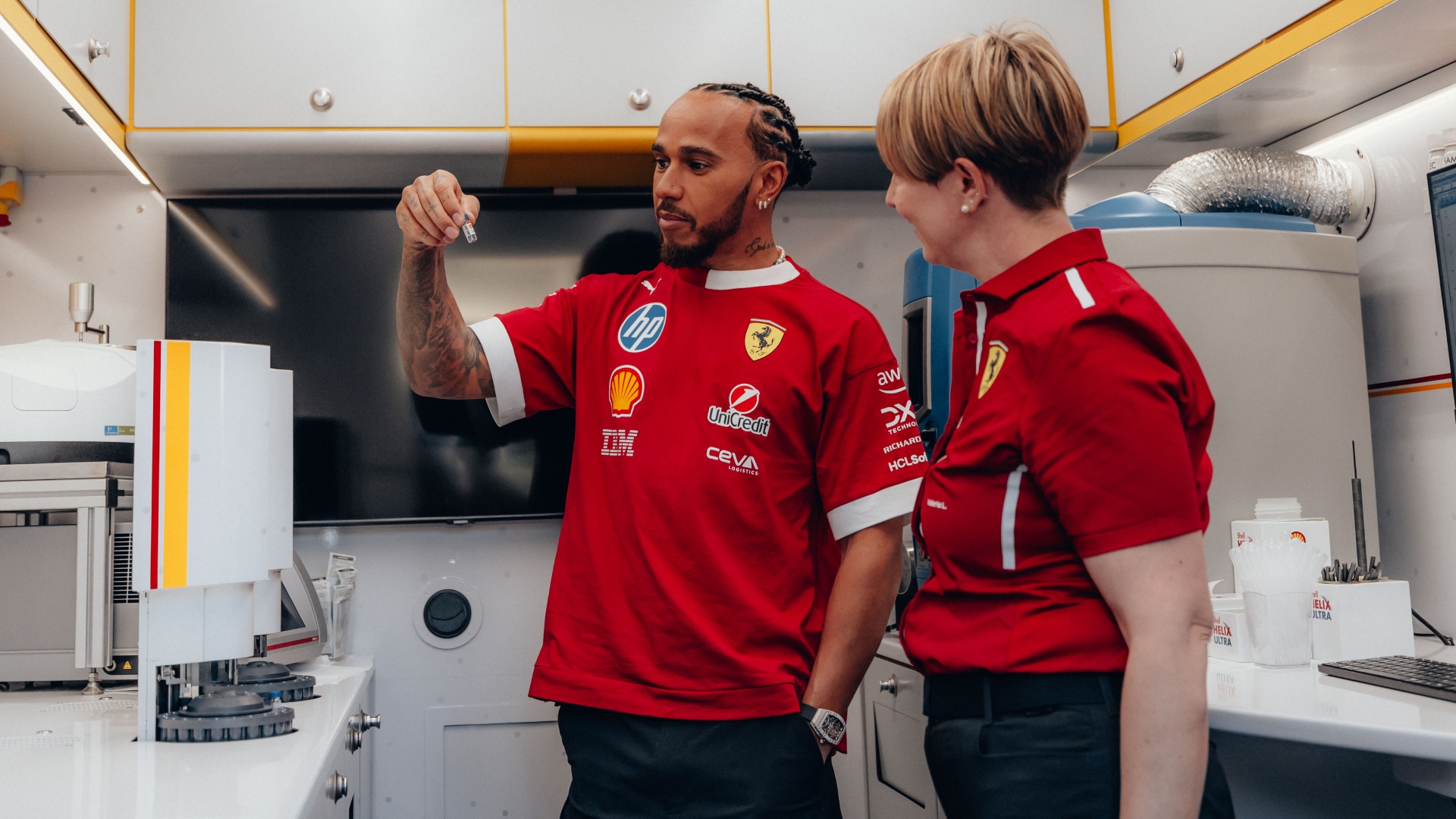
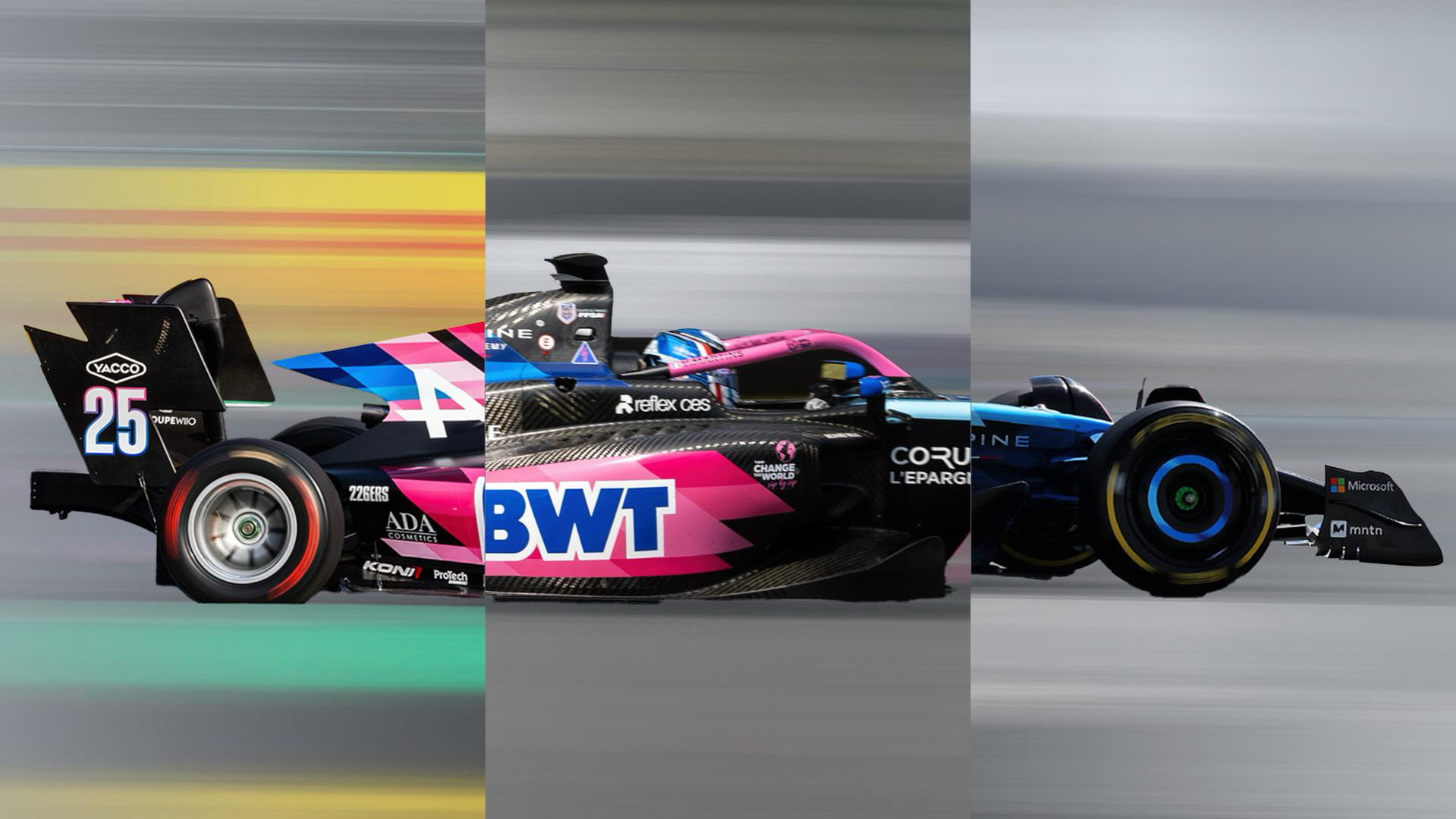
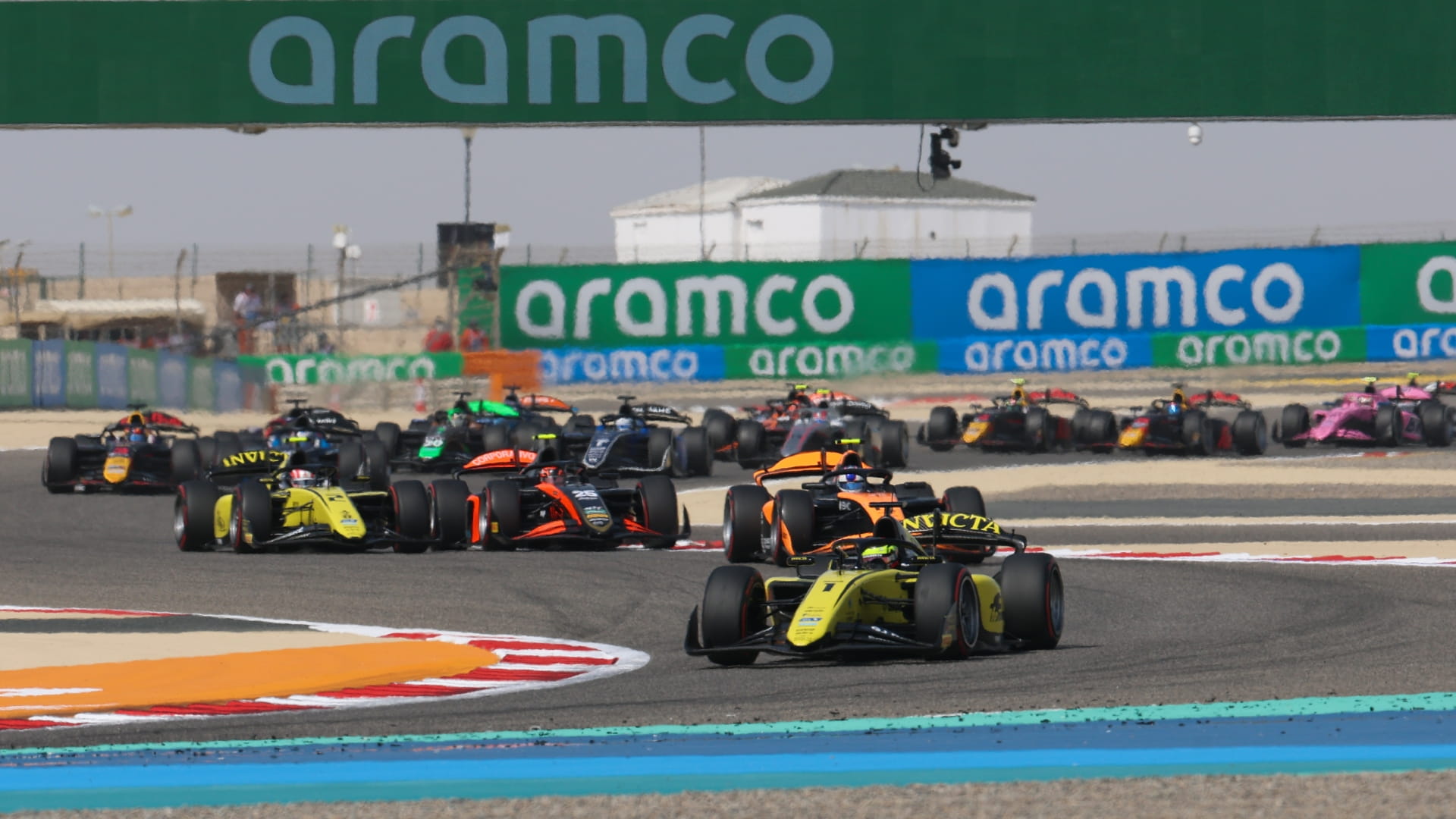

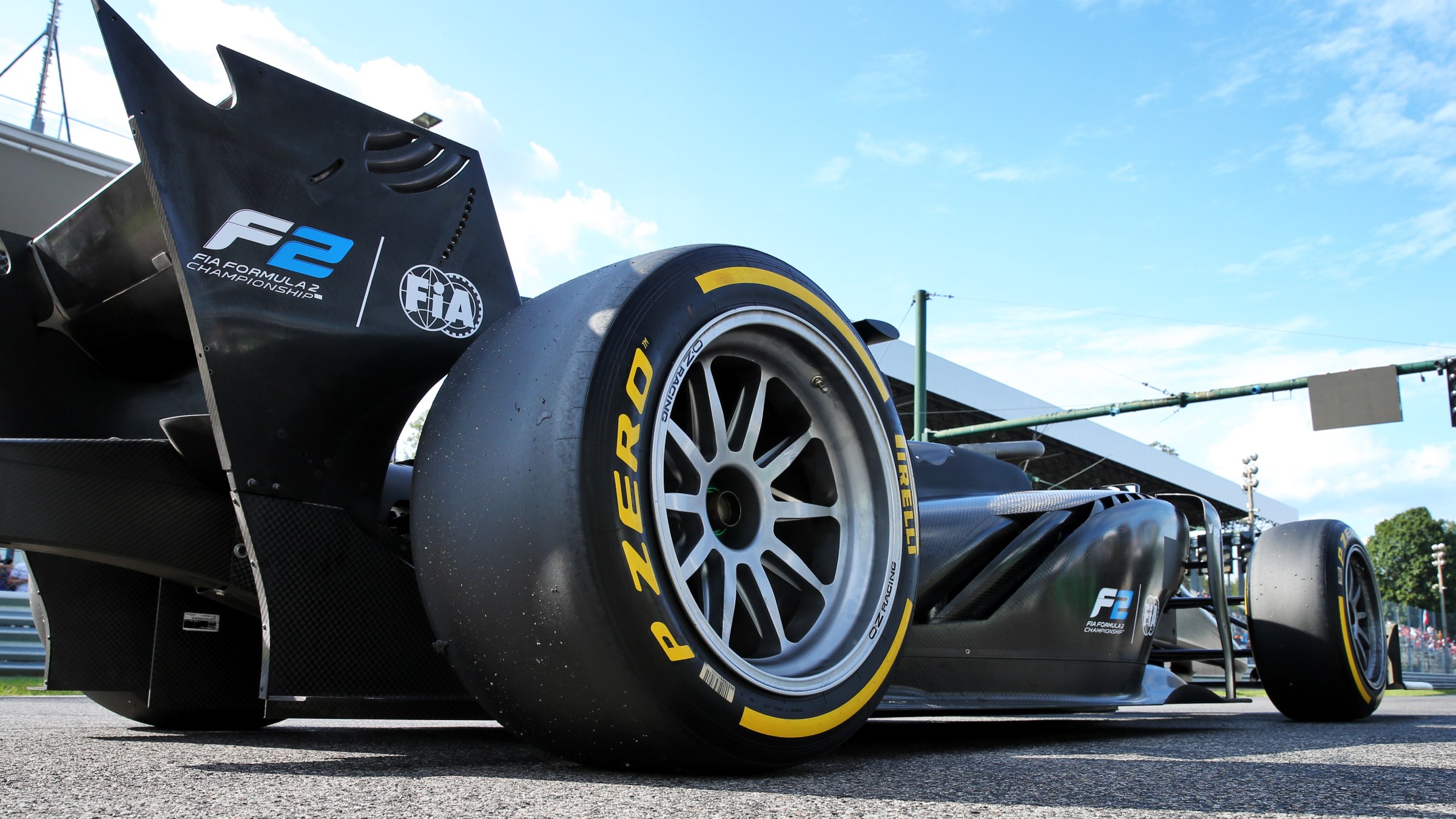

/enhanced_resized_image_1920x1080.jpg?cx=0.5&cy=0.5)
.jpg?cx=0.5&cy=0.5)